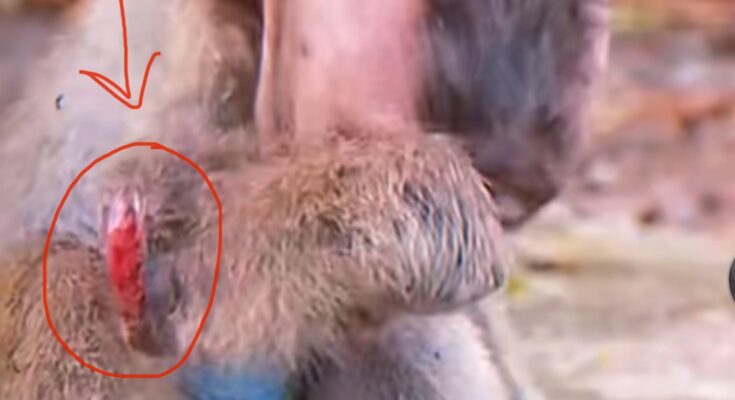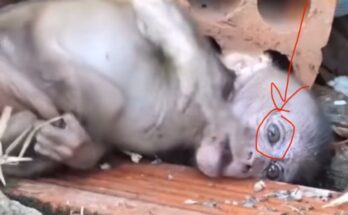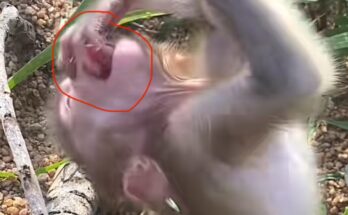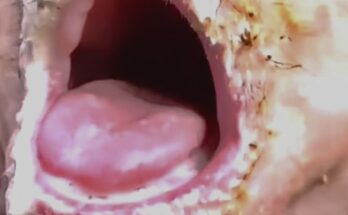Severe dermatitis in monkeys is not only a concerning veterinary issue but also a potential welfare crisis in captive or research settings. Whether caused by allergens, infections, environmental irritants, or parasitic infestations, untreated dermatitis can lead to systemic illness, self-injury, and behavioral disturbances. Swift and effective intervention is essential. Here’s a detailed guide on how to treat severe dermatitis in monkeys both quickly and humanely.
1. Immediate Isolation and Assessment
The first step in addressing severe dermatitis is to isolate the affected monkey to reduce stress and prevent potential spread of infectious agents. A thorough veterinary examination should follow, focusing on:
Lesion location, size, and depth
Behavioral indicators (scratching, aggression, lethargy)
Signs of secondary infection
Possible allergens or parasites in the environment
Diagnostic tests such as skin scrapings, fungal cultures, and blood panels help identify the underlying cause.
2. Topical and Systemic Medications
Once diagnosed, treatment should begin immediately. For rapid relief and effective healing:
Antibiotics: For bacterial infections, systemic antibiotics like cephalexin or enrofloxacin are often prescribed.
Antifungals: In cases of fungal dermatitis, topical or oral antifungals such as ketoconazole may be used.
Steroids: To control severe inflammation and itching, corticosteroids (e.g., prednisone) may be administered short-term.
Antihistamines: These can help manage allergic reactions contributing to dermatitis.
Topical treatments should be applied with care—preferably when the monkey is sedated or trained for cooperative care—to avoid further stress or injury.
3. Environmental Management
Dermatitis in monkeys is often aggravated—or caused—by poor environmental conditions. Key environmental interventions include:
Improved hygiene: Clean and disinfect living spaces more frequently to prevent bacterial or fungal growth.
Humidity and temperature control: Dry or cold environments can exacerbate skin conditions.
Enrichment: Boredom or stress can lead to over-grooming and self-inflicted wounds, so behavioral enrichment is crucial.
If dietary allergies are suspected, switch to a hypoallergenic or elimination diet under veterinary guidance.
4. Wound Care and Monitoring
Daily wound cleaning with antiseptic solutions like chlorhexidine helps prevent infection and promote healing. Bandaging may be needed, though in monkeys, this can be challenging due to their tendency to remove dressings. In such cases, protective garments or Elizabethan collars may be used under supervision.
Frequent veterinary check-ups (every 2–3 days initially) ensure treatment is progressing. Photos and notes should be used to monitor changes in skin condition and healing rate.
5. Behavioral and Psychological Support
A monkey with severe dermatitis may be in chronic discomfort, affecting its mood and social interactions. Addressing psychological well-being is just as important as physical healing. This may involve:
Temporary social separation or careful reintroduction
Positive reinforcement training to allow treatment
Interaction with trusted caregivers to reduce stress
Conclusion
Severe dermatitis in monkeys requires prompt, multi-faceted treatment involving veterinary care, environmental improvements, and psychological support. With the right approach, most cases can be resolved quickly and without long-term consequences. Early intervention is key—not just for the animal’s health, but also to uphold ethical standards in primate care.
How to Treat Severe Dermatitis in Monkeys Quickly and Effectively



